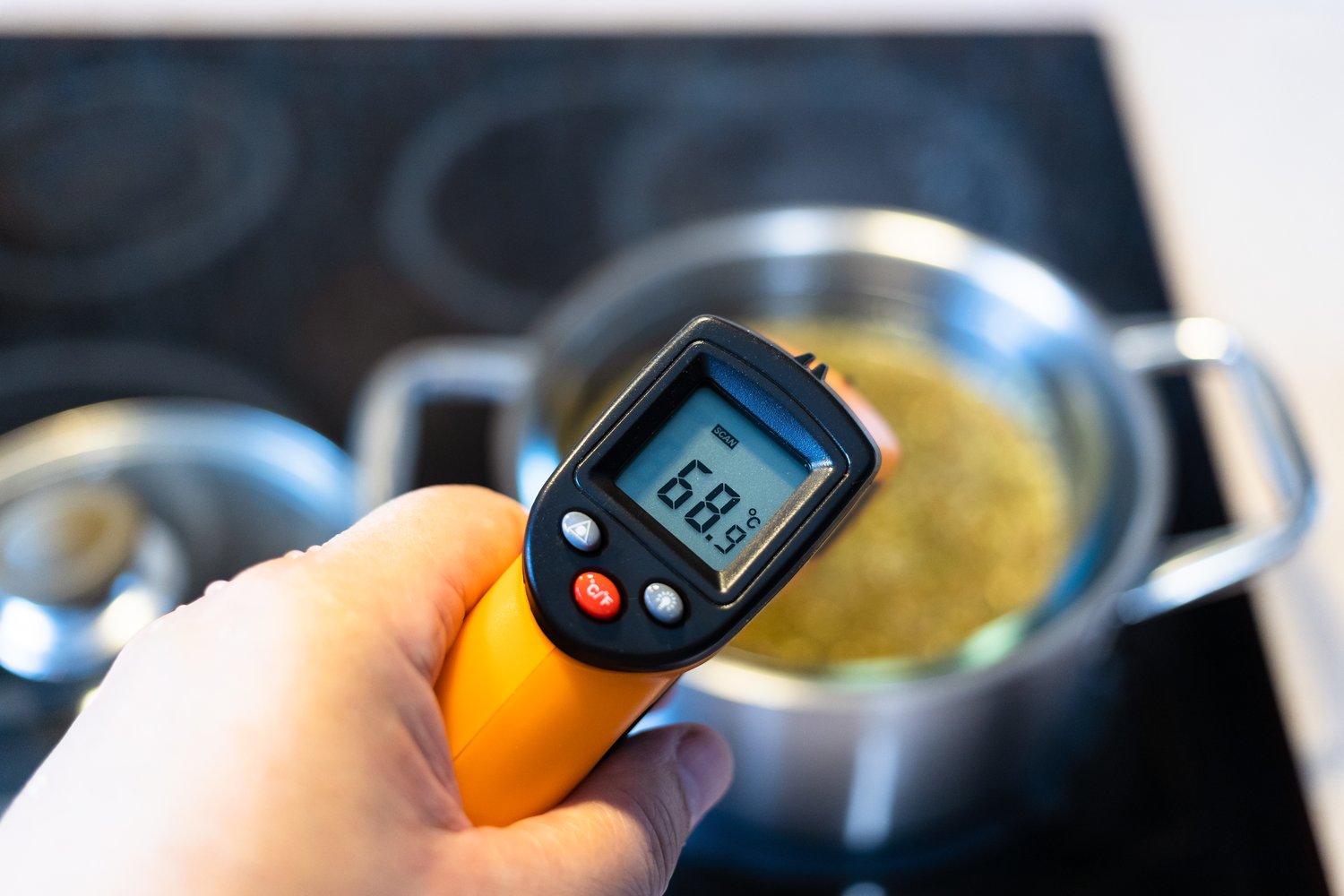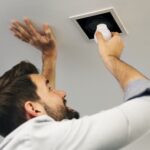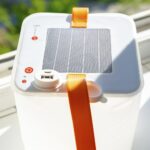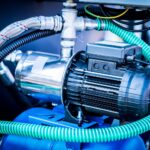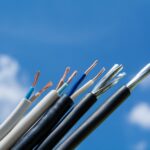Perfectly baked cookies or a beautifully roasted chicken can often seem more like a matter of luck than skill. But what if the secret to consistent culinary success lies hidden in the precision of your oven’s temperature settings? With our Oven Temperature Calibration Guide, you’ll uncover how important calibration is to elevating your cooking performance, making inconsistent results a thing of the past.
- Explore the main causes behind temperature discrepancies that could be sabotaging your baking efforts.
- Discover essential tools such as an oven thermometer and how they contribute to solving this common kitchen problem.
- Learn a straightforward, step-by-step approach to calibrate your oven, ensuring precision in temperature settings every time you cook.
Ensuring accurate oven temperatures can transform your kitchen into a hub of successful, stress-free cooking experiences. Dive into our guide and empower yourself to create delicious dishes with confidence and consistency.
Understanding the Process: Oven Temperature Calibration Guide
Grasping the nuances of oven temperature calibration is essential for perfecting your baking and roasting endeavors. Often, discrepancies in temperature settings arise due to various factors.
One of the main causes of temperature inaccuracies is the age of the oven. Over time, normal wear and tear can lead to malfunctioning thermostats or heating elements, causing the oven to deviate from the displayed temperature.
Moreover, frequent door opening while cooking can also contribute to temperature inconsistencies. This allows heat to escape, making it challenging for the oven to maintain a stable temperature.
Regular calibration offers a major benefit: it ensures your oven operates at the correct temperature, which is critical for achieving consistent and precise culinary results.
Calibration can save you from undercooked or overcooked meals, allowing for precision cooking and baking. Make it a part of your routine kitchen maintenance and enjoy the confidence that your dishes will turn out beautifully every time.
Tools and Methods for Accurate Calibration
To accurately calibrate your oven, having the right oven calibration tools is crucial. The primary tool you’ll need is an oven thermometer. This lets you compare the actual oven temperature to the temperature displayed on your oven’s control panel.
To begin, place the oven thermometer inside your preheated oven. This allows you to measure the true internal temperature and identify any discrepancies.
When calibrating, follow your oven’s specific instructions. Common adjustments include tweaking the thermostat or using onboard settings to correct the temperature reading.
Accurate calibration methods not only enhance your baking skills but also extend the life of your oven. By regularly using these tools and techniques, you can ensure your oven remains efficient and effective over time.
Practical Steps for Your Oven Temperature Calibration Guide
Accurate oven temperatures are essential for achieving reliable cooking results. By ensuring your oven is well-calibrated, you can improve your dishes and enjoy consistent culinary success.
Start the calibration process by setting your oven to a familiar temperature, such as 350°F (175°C), and allow it to preheat fully. Use a high-quality oven thermometer and place it in the center of the middle rack for the most accurate measurement. Observe the thermometer reading after approximately 10 to 15 minutes.
If you notice a discrepancy between the set oven temperature and the thermometer reading, adjustments are needed. Consult your oven’s manual for specific calibration options, as many modern models offer easy recalibration features. Typically, you’ll need to access the oven controls and make the necessary adjustments. This could involve pressing specific buttons or turning knobs until the display matches the thermometer.
Recheck the temperature accuracy by repeating the setup: preheat the oven, place the thermometer, and compare the readings. If further adjustments are necessary, repeat this calibration process until your oven thermometer matches the set temperature closely. Consistent readings ensure that your oven’s temperature is accurate and reliable, reducing the risk of undercooked or overcooked meals.
Remember to implement these calibration practices regularly to maintain the precision of your oven. Maintaining consistent temperature settings is a crucial part of your regular kitchen maintenance, contributing greatly to delicious and precise culinary creations. Share your calibration experiences with others, and enjoy the enhanced cooking results that follow.
Oven Temperature Calibration FAQ
Why is my oven not maintaining the set temperature?
Common reasons include faulty thermostats, improper door seals, and calibration errors.
How often should I calibrate my oven?
It’s recommended to calibrate annually or if you notice frequent cooking inconsistencies.
What tools are needed for calibration?
You’ll need an
- oven thermometer
- adjustable wrench
- screwdriver (if required by your model)
Can I calibrate my oven myself?
Yes, most ovens can be calibrated at home following the manual, but consult a professional if unsure.
What are signs my oven needs recalibration?
Signs include uneven baking, longer cooking times than recipes suggest, and foods being under or overcooked.

